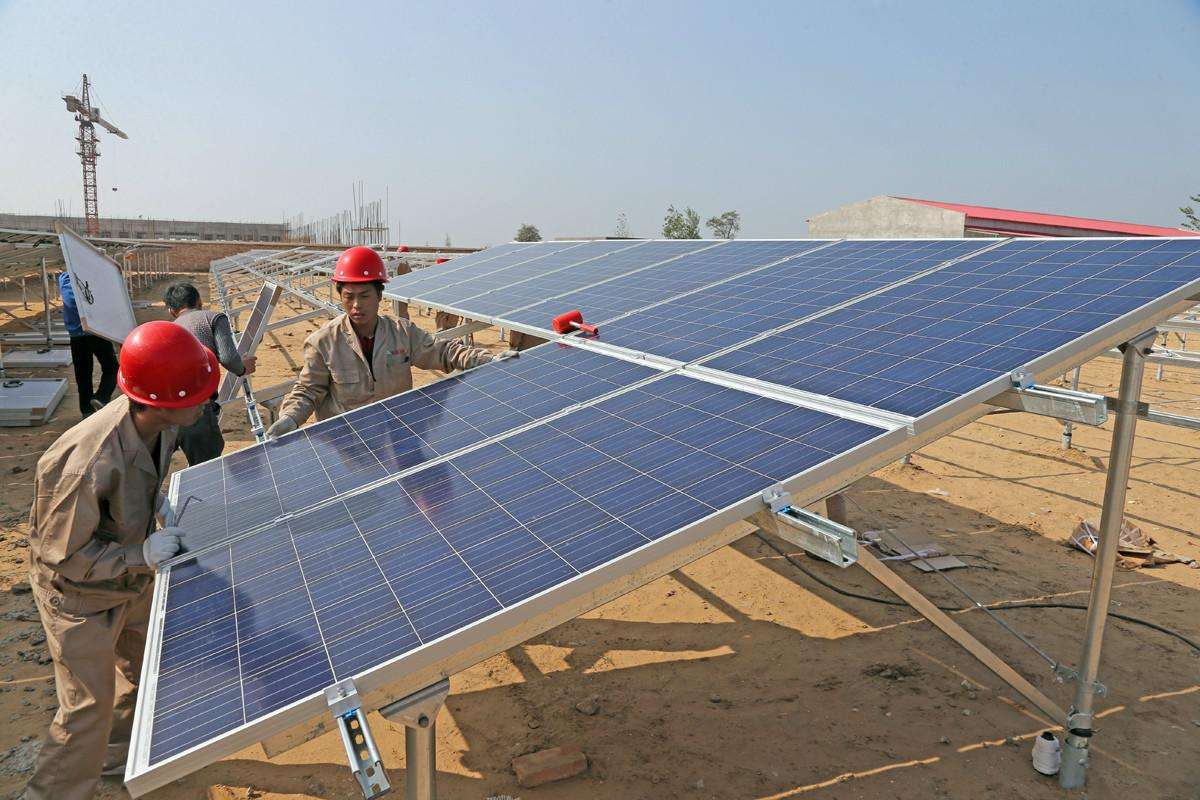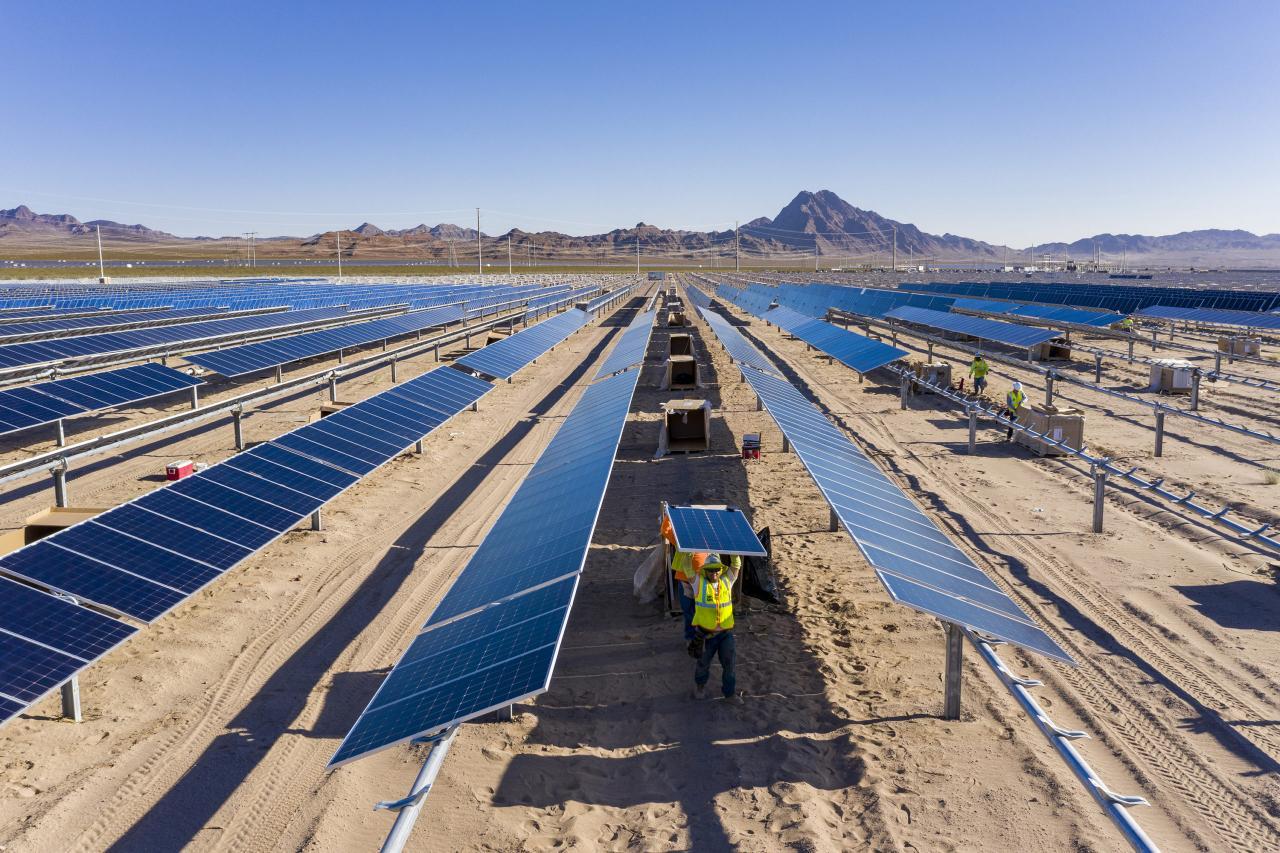
11 月 . 22, 2023 18:52 Back to list
Microgrid systems and off-grid photovoltaic power generation systems
The microgrid system and off-grid photovoltaic power generation system are two distinct network structures that have their own unique features and applications.
A microgrid system is a power supply concept that differs from the traditional large power grid system. It is a network composed of multiple distributed energy storage systems and their related loads, connected to the conventional power grid through switches. This system is capable of self-control, protection, and management, operating both in conjunction with the external power grid or in isolation. The core equipment in a microgrid system includes distributed power supply and energy storage systems, such as photovoltaic grid-connected inverters, wind power grid-connected inverters, diesel engines, PCS, and BMS. This system is more complex and requires more distributed power sources compared to other Distributed energy storage systems.

On the other hand, an off-grid photovoltaic power generation system, also known as an independent photovoltaic power generation system, is mainly composed of PV components, DC/AC charging controller, off-grid inverter, and a load. It provides independent power supply and independent energy storage functions. This system is most commonly used in areas far away from large power grids, such as deserts, beaches, and islands. The off-grid inverter in this system can only operate in the inverter state and cannot be connected to the large power grid. It requires regular maintenance, particularly for the battery.
While both power supply systems have independent power supply characteristics and require energy storage systems, there are some key differences between them. The microgrid system is an active EMS system, capable of being connected to the large power grid, whereas the off-grid photovoltaic power generation system is a passive system that cannot be connected to the large power grid. The microgrid system is more complex and requires a configuration of multiple distributed power sources, while the off-grid system only requires a controller and an off-grid inverter. Additionally, the energy storage system in the microgrid system is a four-quadrant operating inverter, allowing for a two-way flow of energy, while in the off-grid system, it is a single-phase converter that cannot achieve a two-way flow of energy for EMS.
The practical application of these systems depends on specific requirements and conditions. If the application is in remote areas like the Gobi Desert or beaches, where frequent manual maintenance is not needed, an off-grid photovoltaic power generation system is suitable. This system can operate independently without the need for human intervention, with regular maintenance focused on the battery. However, if the application is located close to a large power grid and requires frequent manual maintenance and strict scheduling, a microgrid system is more suitable. This is because the switching of various distributed power sources and the scheduling of operating status require manual labor or even EMS system monitoring.

In conclusion, the microgrid system and off-grid photovoltaic power generation system are two distinct network structures with different features and applications. The microgrid system is more complex, capable of being connected to the large power grid, and requires more distributed power sources. On the other hand, the off-grid system is mainly used in remote areas and cannot be connected to the large power grid. The choice between these systems depends on specific requirements and conditions, considering factors such as maintenance needs and proximity to a large power grid for EMS.
Related products:
Self-Cooling-PW-164 Outdoor Distributed Energy Storage Cabinet- Power Type
Will be removed if infringing
Reference website:https://www.elecfans.com/
-
Unraveling the Power of EMS Energy Management Systems
NewsOct.23,2024
-
Unleashing the Potential of Power System Management and Smart Energy Solutions
NewsOct.23,2024
-
Smart Energy Mastery: Unleashing the Power of Controls
NewsOct.23,2024
-
Smart Energy Management: Unleashing the Power of Energy Management Systems and BMS Energy
NewsOct.23,2024
-
Powering Progress: ADMS, Intelligent Management & More
NewsOct.23,2024
-
Energizing the Future: Devices, Smart Management & Savings
NewsOct.23,2024


